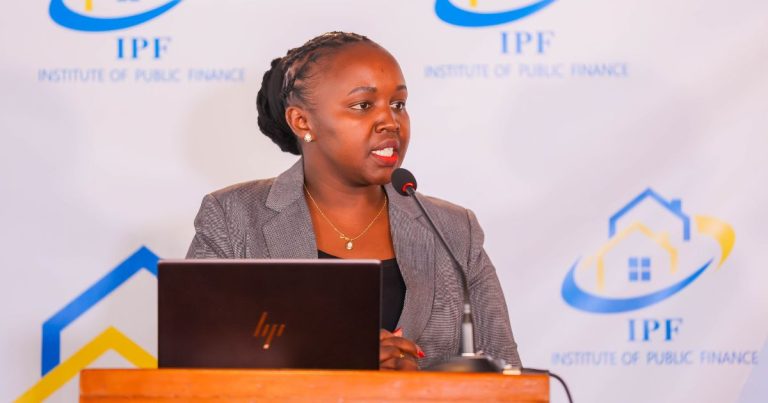In February this year, counties submitted to their respective assemblies the fiscal strategy papers which have been used to finalize the development of the executive budget estimates. The county fiscal strategy paper (CFSP) is a policy document that provides for the priorities that a county is pursuing in the coming financial year and is a requirement of Section 118 of Public Finance Management Act, 2012. Further, the County Fiscal Strategy Paper should be submitted to the county assembly by 28 February of each year and be approved before the lapse of fourteen days with or without amendments. The conclusion of the approval process of the CFSPs by the respective assemblies forms the basis of preparation of budget estimates by the executive and these estimates show how a county will translate those priorities into specific projects.
The Fiscal Year (FY) 2018/2019 executive budget estimates have recently been tabled in the respective assemblies at the county and national level. To understand how far the county treasuries, respect the decision of the county assemblies coming out of the approval process of the County Fiscal Strategy Paper, the Institute of Public Finance Kenya analyzed the FY 18/19 Agriculture sector budget estimates for Busia County as submitted to the assembly as well as the County Fiscal Strategy Paper 2018/19 and the Budget and Appropriations Committee report on the same document. We found that the initial CFSP 2018/19 projections for the sector was Ksh 472, 249,207 comprising of Ksh 244,200,000 for development and Ksh 228, 049,207 for recurrent expenditure. On reviewing the CFSP, the Busia county Budget and Appropriations Committee (BAC) recommended a total sector reduction of Ksh 99,540,000. The development expenditure was reduced by Ksh 91,100,000 and recurrent expenditure was reduced by Ksh 8,440,000 bringing the total proposed allocation for this sector to Ksh 372, 709,207 as the final figure for use in the preparation of the executive budget estimates.
Further, it is important to note that the specific programmes in the Agriculture Sector which the Budget and Appropriation Committee recommended to be affected by these changes included the Agriculture Development Fund whose allocation was reduced from Ksh 40 million to Ksh 20 million and reduction on Agriculture input subsidy by Ksh 4.6 million from Ksh 15 million to Ksh 10.6 million. The Budget and Appropriations committee further revised to nil the allocation of Marginalized and Vulnerable Social Protection through input access project from an initial allocation of Ksh 5.4 million in the CFSP 2018/19 to zero. While this project under the Crop Production and Management could have been targeted to the most vulnerable in the county and whose focus the county is on to improve their lives, there is no adequate narrative in the CFSP submitted to the assembly to inform the assembly on why it is a priority area, and this could be one of the reasons why it was affected. Further, while we may not have or know the wisdom behind the reductions by the county assembly, it is important to recognize that in the budget approval process changes will occur, and they may take a south or north direction. With the Busia CFSP 2018 approved with various changes, the executive Budget Estimates submitted by the county treasury adhered to these recommendations in the agriculture department and maintained the allocations as proposed by the committee.
What does this tell us? The constitution of Kenya, 2010 gave the county assembly and parliament budget making powers which must be respected. This means that for devolution to succeed the executive must or should be seen to respect the resolutions of the assembly and the Busia case is a classic example of how the counties should respect the resolutions of the county assembly. In addition to counties respecting the ceilings, it is equally important that in cases where ceilings have been rejected or allocations changed, adequate explanations should be given for those changes













